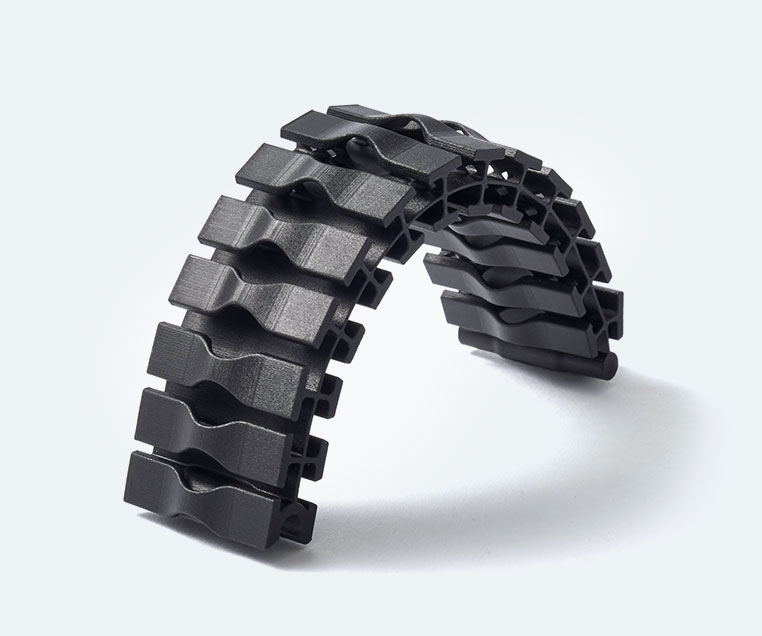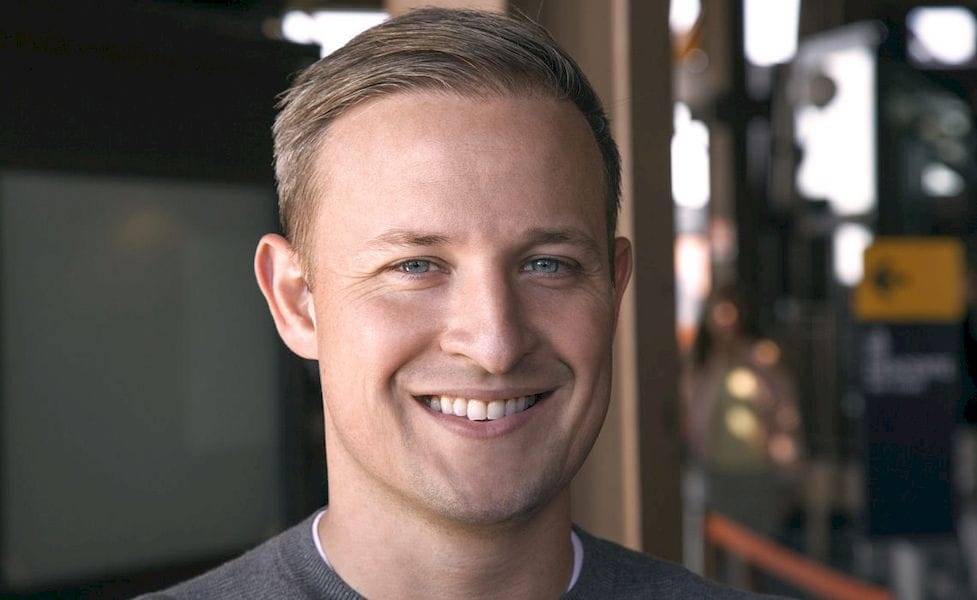
As 2020 finally winds down, I sat down for a chat with Greg Kress, CEO of Shapeways, for a chat about the trends that will shape 3D printing in 2021.
When Kress was announced as the new Shapeways CEO in early 2018, Kerry noted, rather astutely, that:
“It seems the Shapeways Board selected a CEO that has significant skills in community building, as demonstrated at Open English, as well as some skills in supply chain management.”
Such a background might come in handy for a company that could experience supply chain issues and need to communicate about the same. Enter 2020, and those skills more than perhaps any others are demanded like never before.
Shapeways In 2020
Shapeways, under Kress’ leadership, has continued on a growth path as one of the leading service providers with long-running expertise in 3D printing. Like many others, Shapeways has observed that the unusual business environment of this pandemic-stricken year has a significant silver lining. That is, the capability of additive manufacturing in the overall manufacturing workflow has been proven out.
“If anything, this has done wonders for validating a lot of the agility of the additive industry. We’re looking for those silver linings as we come out of 2020,” Kress told me. “Obviously 2020 was hard. That said, it also gave us time to showcase the digital manufacturing scene in general, that drives a ton of benefit to these types of situations. We’re developing products faster, leveraging that agility within the supply chain, and shifting capacity to where there might be holes globally. I think we’ll see more of that next year.”
When I asked Kress to sum up 2020, he said quite plainly what we’re all thinking: “It was just a tough year.”
That, though, doesn’t negate the significant silver lining of 3D printing stepping up its game. As Kress put it, this year has really given additive manufacturing “an opportunity to reset expectations.” That overall reset stands as his single largest takeaway for the year.
“As much as it was challenging, it also gave us a platform on what we could do. Shapeways moved quickly into PPE and last-minute manufacturing. We’re still doing that today, and have companies coming back for some of those initial products we’d brought out early in COVID. I thought it was interesting to see nasal swabs go from start to finish with 3D printing, as normal manufacturers picked up. Seeing big organizations, especially the FDA, getting through all those hurdles was a major accomplishment for Shapeways specifically. Getting through that process was a huge testament not only to additive manufacturing but to Shapeways,” he said.
Shapeways In 2021

So looking ahead from a year like this, what might we expect?
There’s “a lot of opportunity in front of us,” Kress began. “We’ve been talking to customers rethinking their go-to-market strategies, rethinking their materials and partners to get that done. I’m incredibly excited about how those customers are talking to Shapeways. We’ve never been better positioned, with investments into new technologies, hardware, software, and materials.”
Throughout his tenure at Shapeways, Kress has been focusing on “rethinking the landscape and how we fit into it.” A major component of that strategy has been building relationships: in the 3D printing industry, with materials suppliers, with customers — and with other service providers.
That last is an interesting take, and such unexpected collaborations have also been a cornerstone of 2020. Hopefully that will be another silver lining that will inform better overall industry performance and relationships as we move on from this trying year.
“One thing that’s great about this situation is everyone coming together and removing artificial barriers,” Kress agreed. “There’s more collaborating instead of competing to move forward.”
With that, we moved into what Shapeways has defined as the key 3D printing trends for 2021. In Kress’ own words from our conversation:
3D Printing Software Becomes Imperative
“Software is what really separates out Shapeways from a lot of our competitors. We have purpose-built battle-tested software that really enables us to do additive manufacturing effectively at scale. You can talk about using additive manufacturing on a one or two machine level, but doing what we do at this breadth and scale, software is a differentiator for us. I see more of that as 2021 progresses.”
3D Printing is Leading the Future
“3D printing is not the solution for everything, but there’s a fit and a shift for high-mix, low-volume production. You need a lot of agility to embrace things at a faster pace, to embrace new technologies coming to market. 3D printing is a good way to do that, as it helps customers innovate much faster. We’re really seeing this in aerospace, in big industries. I’d point to conversations we’re having with very, very large customers in those spaces trying to find solutions for some of their biggest needs. This isn’t slowing down as much as COVID may have put a wrinkle in those industries.”
COVID-19 is Not Going Anywhere
“We are going to continue to deal with this through the majority of next year. We’ll continue to see supply chains shift and change. I don’t know if we’ll see a ton of reshoring, but agility within supply chain will become very, very important — having multiple suppliers who can iterate on products faster, these things play together as COVID-19 continues to put pressure on the industry. This allows us to really speak about the differentiating factor additive enables.”
Supply Chain Agility will Ramp Up
“We’re seeing so many customers coming to us today where there’s a desire or need to have more options, to adjust quicker, versus some of the rigidity that was in place before COVID.”
Investment in 3D Printing Accelerates
“Not only are you seeing that investment across materials, hardware, and software from both venture and growth equity, you’re seeing strategic big materials companies putting a lot of investment and a lot of partnerships in place to accelerate additive manufacturing into their businesses. There’s a tremendous amount of opportunity, companies going public, companies raising capital, and also a tremendous amount of consolidation. Discussions and phone calls we’re having today are ten-fold what they were a year ago.”
Disclosure: Shapeways is a client of mine through Additive Integrity; this interview is outside the scope of that work and is exclusively for Fabbaloo.
Via Shapeways
